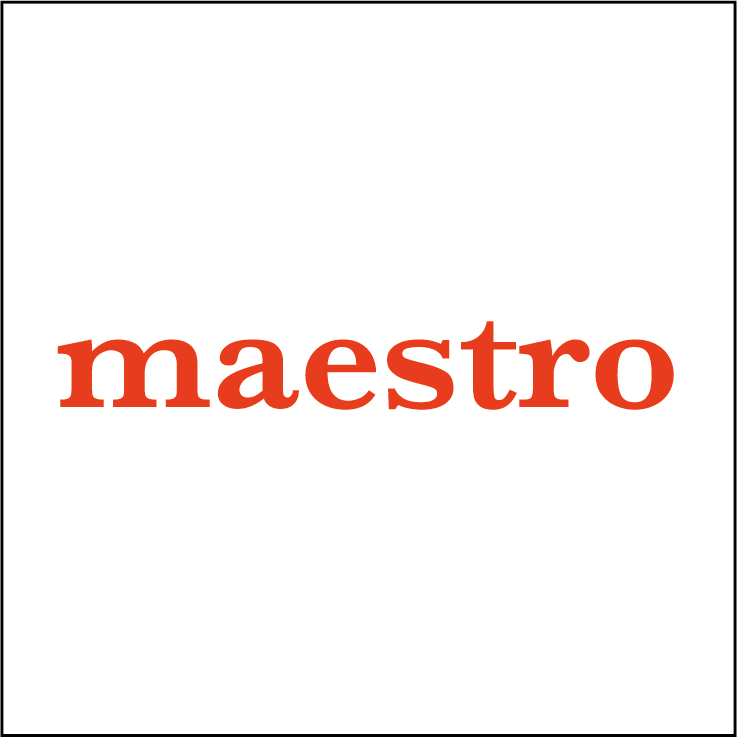Allowing much more people to innovate
A key part of innovation is developing an idea into a concept that holds water. A concept should cover four areas:
- Creating an offer: Exactly what are your innovation allowing your potential customers to do? How will you reach them?
- Organizing the production and delivery. What are the roles and responsibilities? Who are your partners and sub-contractors? Don't forget making sure you have the rights and legal clearance.
- Creating a business model that works. Who is paying what, where and when? How do the innovation become profitable?
- Designing the technology parts, if any. Especially how to get new/unused or reconfigured technologies out the lab and into the situation where they are to be used.
This requires resources; knowledge, expertise and money. Most entrepreneurs start companies in existing businesses, like a hair dresser, a construction firm or an accounting firm. They already have a concept, they know what they offer, how to organize the firm, the pricing and the technology. The innovator has to develop all this, perhaps even from scratch.
Historically innovation has therefore been reserved for larger corporations and the wealthy. For instance most of our clients are large companies that choose to invest in innovation.
Now we expand the capacity for innovation to citizens, small companies and people in the public sector. The Public Innovation Do-Tank methodology helps people with ideas and energy work together and get access to necessary skills and expertise. This is being used for the third year at Meeting Point Lycksele. The last two years several companies and promising services has been born at the event!
This year's Do-Tank made the news thourgh Swedish national tv SvT (In Swedish).


